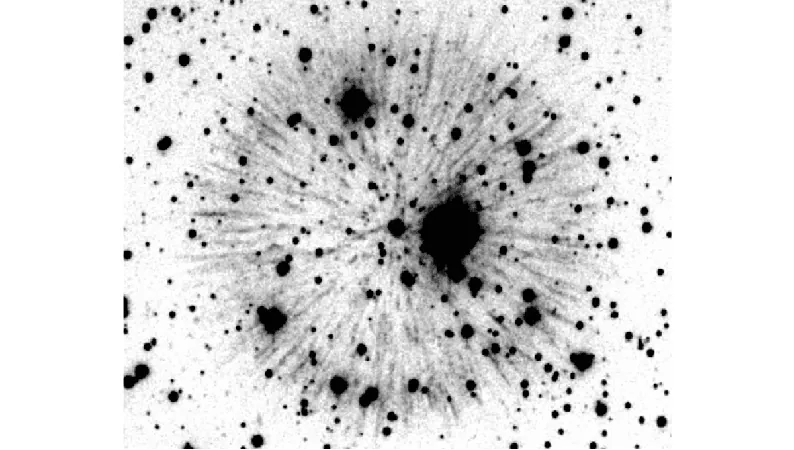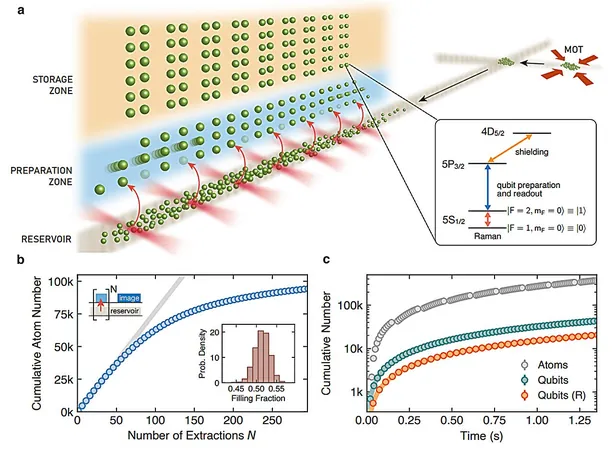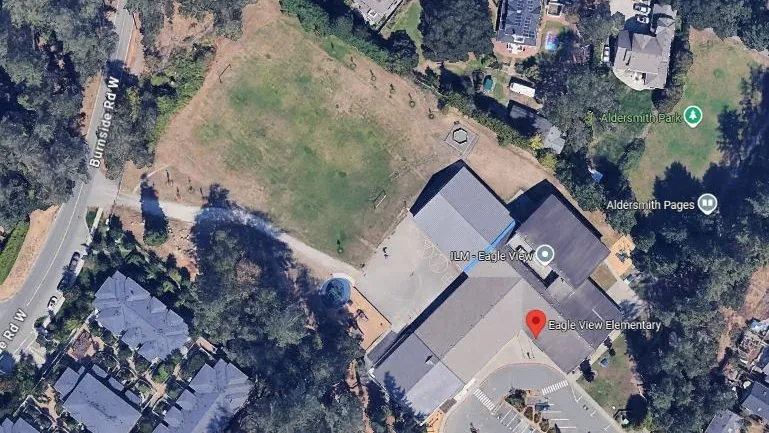
Ancient Tribute to Saladin May Reveal Secrets of a Supernova
2025-09-22
Author: Emma
Unraveling an Astronomical Mystery from the 12th Century
In the years 1181 and 1182, astronomers from China and Japan reported the appearance of a mysterious 'guest star' in the northern sky, only for it to vanish shortly after. Modern scientists are still divided on whether this phenomenon was a nova or a supernova. Recently, amateur astronomer Dana Patchick made waves by discovering a uniquely shaped supernova remnant in Cassiopeia, which appears to align with the timeframe and location of this historical celestial event.
A Twisting Tale of Historic Poetry
For years, scholars thought the appearance of this temporary star went unnoticed in Europe and the Middle East. However, a new analysis of poetry commemorating the illustrious Sultan Saladin suggests it was indeed observed, especially in Egypt. An interdisciplinary team has begun to interpret the poetic references as clues that could link the past to modern astronomical understanding.
Flattery Meets Astronomy: The Poetic Tribute to Saladin
Poets often indulge in flattery, especially when addressing powerful figures like Saladin—a revered leader who established a dynasty, innovated weaponry, and outmaneuvered the Third Crusade. Ibn Sana’ al-Mulk penned a captivating poem honoring Saladin, characterized as a gem of Arab literature. The poem's 56 verses include the line, '…thanks to your justice, now even the stars in the sky have increased in number,' suggesting a celestial event directly tied to the Sultan's accomplishments.
Revisiting Historical Context and Interpretation
Initially dated to 1186 or beyond by editors, linking the poem to an astrological prediction of a planetary conjunction, recent analyses by scholars like J. G. Fischer from Universität Münster propose a more fitting timeline of 1181-82 in correlation with Saladin's returns to Egypt. The poem cleverly describes the appearance of a star as a 'signet ring on The Dyed Hand,' interpreted by Arab astronomers as a reference to the constellation Cassiopeia's five bright stars.
Scientific Significance and Celestial Competitors
Fischer and his co-authors argue the imagery implies the star must have been exceptionally bright, eclipsing ordinary stars in Cassiopeia. Japanese observations during the same period noted its brilliance comparable to Saturn, underscoring its prominence in the night sky.
Connecting Ancient Accounts: A Dual Discovery
While the poem reinforces existing Asian observations, it also opens the door for future revelations about this celestial occurrence. The analysis of both the 1181 and the 1006 supernova remnants suggests they were both caused by the merging of two white dwarfs—an intriguing insight into the nature of these cosmic events and their impact on our understanding of the universe.
The Silence of European Chroniclers
Interestingly, many European chroniclers chose to overlook such extraordinary events, likely due to their inability to comprehend them. As we delve deeper into historical accounts, we may unveil even more about these magnificent supernovae and the figures, like Saladin, who inspired such timeless verse.
A Call to Rediscover Our Cosmic Heritage
This research not only brings together history and science but also encourages a renewed appreciation of ancient narratives. By unlocking the celestial secrets entwined in poetic praises, we can bridge the gap between our modern galaxy and its storied past.









 Brasil (PT)
Brasil (PT)
 Canada (EN)
Canada (EN)
 Chile (ES)
Chile (ES)
 Česko (CS)
Česko (CS)
 대한민국 (KO)
대한민국 (KO)
 España (ES)
España (ES)
 France (FR)
France (FR)
 Hong Kong (EN)
Hong Kong (EN)
 Italia (IT)
Italia (IT)
 日本 (JA)
日本 (JA)
 Magyarország (HU)
Magyarország (HU)
 Norge (NO)
Norge (NO)
 Polska (PL)
Polska (PL)
 Schweiz (DE)
Schweiz (DE)
 Singapore (EN)
Singapore (EN)
 Sverige (SV)
Sverige (SV)
 Suomi (FI)
Suomi (FI)
 Türkiye (TR)
Türkiye (TR)
 الإمارات العربية المتحدة (AR)
الإمارات العربية المتحدة (AR)